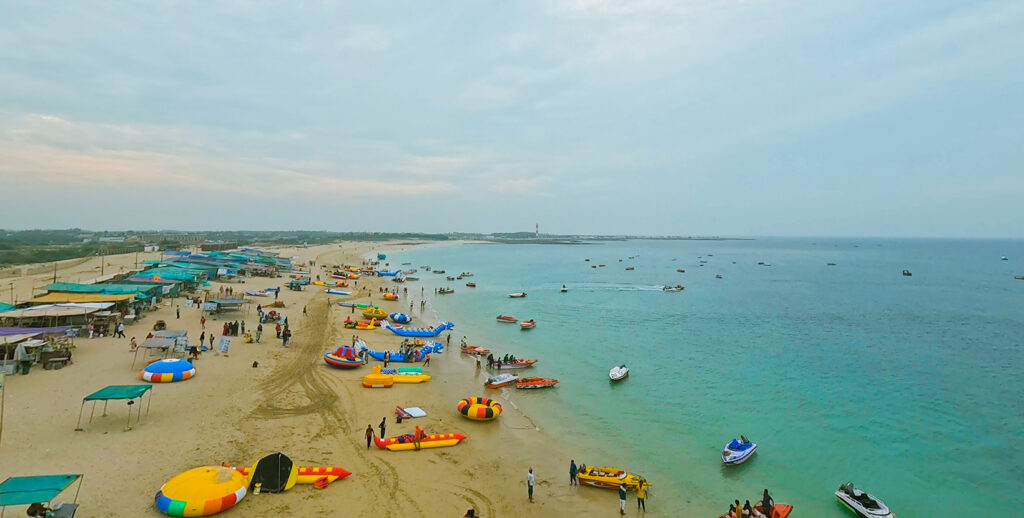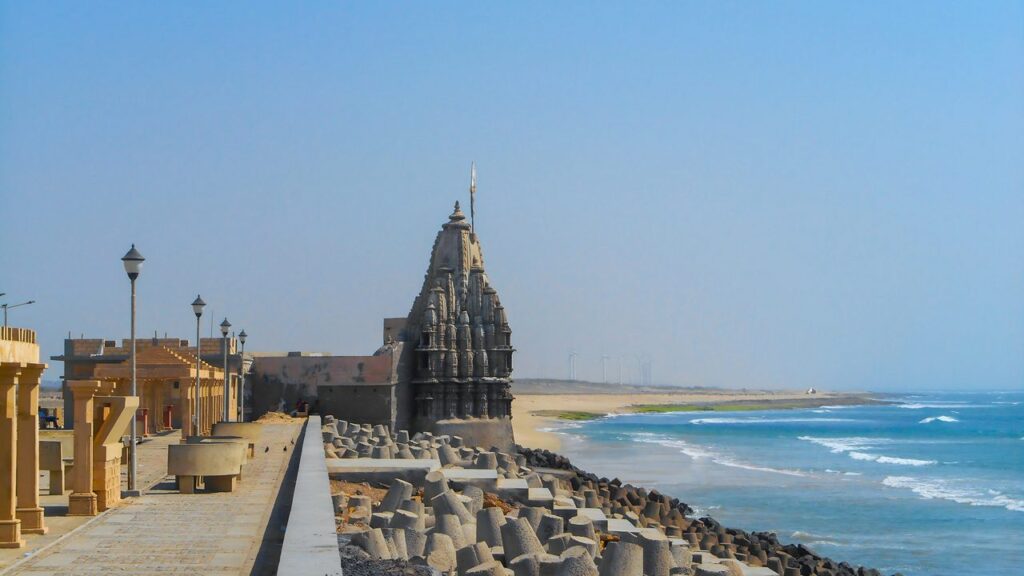In the wake of shifting global travel trends, India’s western state of Gujarat is rapidly becoming a standout destination, setting new benchmarks in safety, sustainability, and smart governance as it reimagines what beach and island tourism can offer in the modern era.
Recent incidents, including the tragic event in Pahalgam, Jammu & Kashmir, have sparked a seismic shift in how both domestic and international tourists choose their travel destinations. Today’s travelers are no longer content with just scenic beauty; security, political stability, and infrastructure quality have taken center stage.
This re-evaluation is reshaping global tourism patterns, with travellers increasingly seeking destinations that offer peace of mind alongside natural beauty. Countries and regions are responding in kind, rebranding themselves to reflect these new priorities.
Leading this transformation in India is Gujarat, which has seized the moment to position its coastlines and islands as safe, eco-conscious, and globally appealing alternatives to more volatile destinations.
Gujarat’s rise is no accident. Under its Tourism Policy 2021–25, the state has launched a coordinated effort to elevate tourism into a key economic driver. At the heart of this effort lies a commitment to public safety, green development, and accessibility.
Key components of this transformation include:
- Capital investment incentives for new resorts, eco-retreats, and adventure tourism ventures
- Infrastructure upgrades through the Gati Shakti Master Plan, improving road, rail, and sea connectivity
- Promotion of zero-waste beaches and community-based tourism initiatives to preserve local ecosystems
This structured and transparent approach is not only making Gujarat more attractive to tourists but is also providing a replicable model for other Indian states and global destinations.
Perhaps the most striking symbol of Gujarat’s coastal transformation is Shivrajpur Beach, located near the historic city of Dwarka. Once relatively overlooked, the beach is now Blue Flag certified, a prestigious global standard for environmental quality, safety, and accessibility.
With solar-powered lighting, accessible walkways, and lifeguard stations, Shivrajpur has become a showcase of what eco-smart, safe tourism can look like. Thrill-seekers can enjoy activities like scuba diving, jet-skiing, and snorkeling, all under stringent safety protocols.
While Shivrajpur leads the narrative, it is only one chapter in Gujarat’s broader coastal renaissance. Other destinations gaining traction include:
- Mandvi Beach (Kutch) – Celebrated for its golden sands and royal heritage
- Tithal Beach (Valsad) – Known for its distinctive black sand and easy access
- Chorwad Beach – Valued for its raw natural beauty and spiritual proximity to the Somnath Temple
In parallel, Gujarat is exploring low-impact development of sparsely inhabited islands in the Arabian Sea, with plans for eco-tourism and adventure-based experiences that respect the fragile coastal ecosystems.
The post-Pahalgam era marks a profound shift in traveler consciousness. Beauty alone is no longer enough. Tourists are demanding destinations that deliver both memorable experiences and peace of mind.

Gujarat has been quick to read the room. Its blend of strategic planning, community involvement, and policy innovation has enabled it to emerge as a safe harbor for the new generation of cautious, climate-conscious, and quality-driven travelers.
Industry analysts predict the current shift will put increased pressure on less stable regions to address safety and infrastructure concerns or risk losing ground to better-prepared destinations like Gujarat. Tourism revenue may also begin to reallocate toward states and countries that invest in long-term sustainability and public trust.
Meanwhile, Gujarat’s progress offers a blueprint for future-facing tourism, balancing growth with ecological preservation, and hospitality with safety.
As global travellers recalibrate their priorities, Gujarat stands not just as a destination, but as a case study in how to thrive in the evolving landscape of international tourism.



